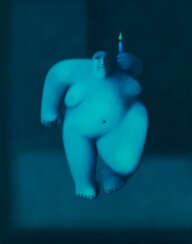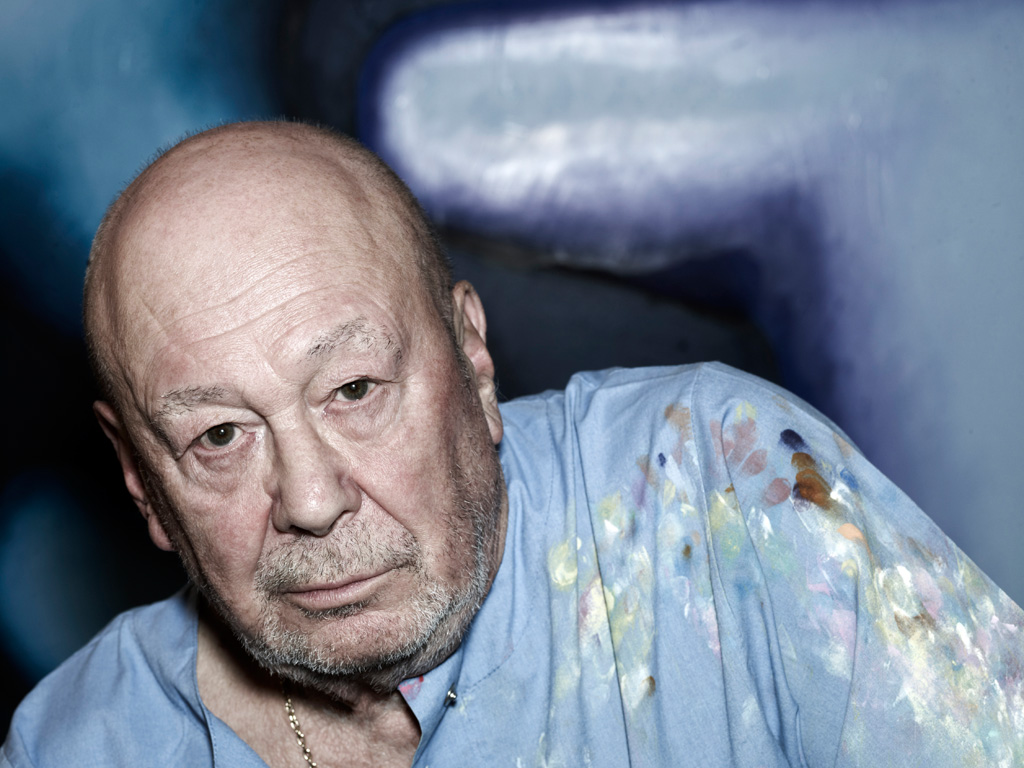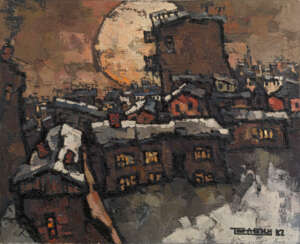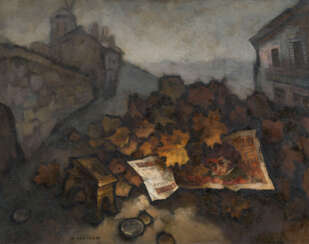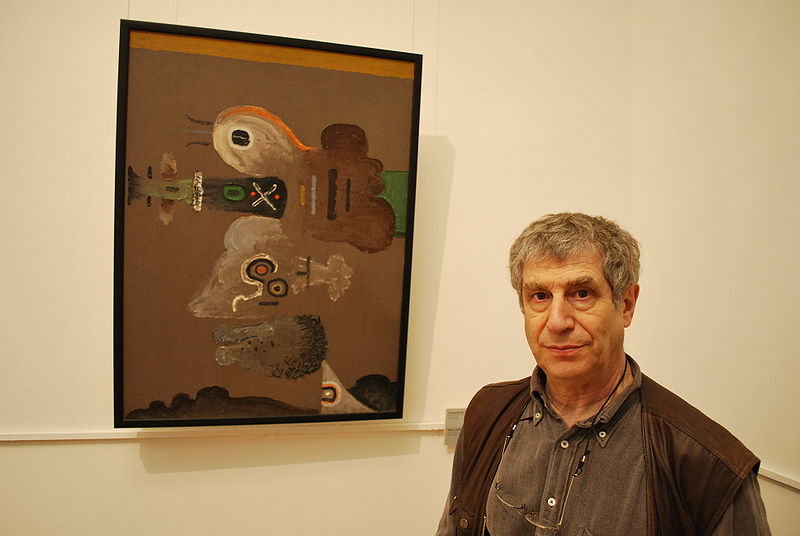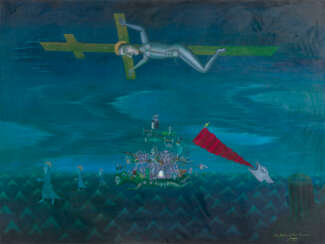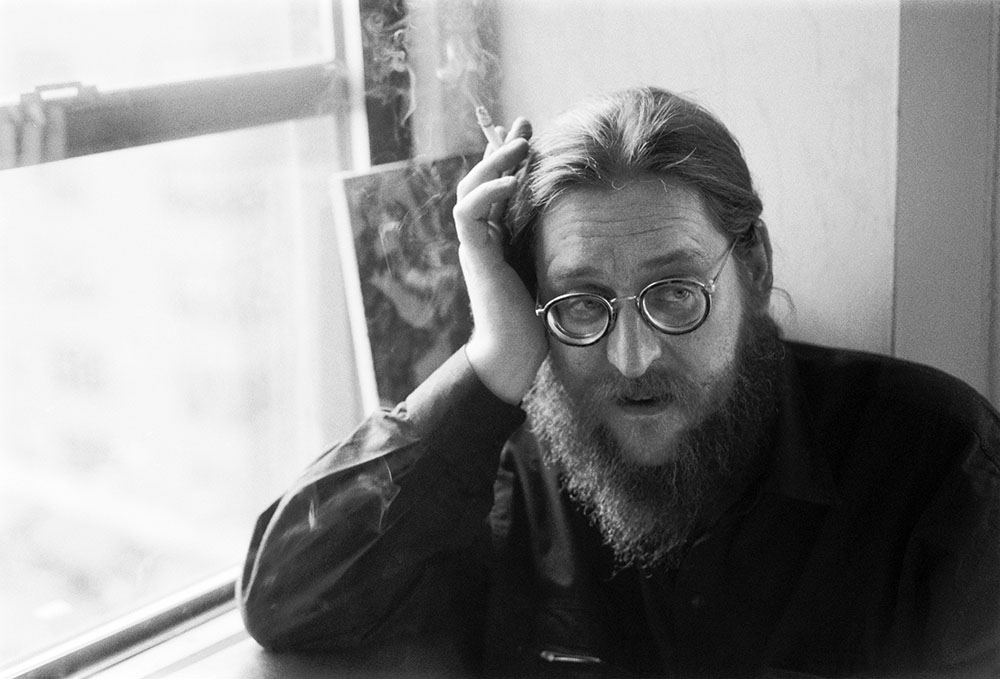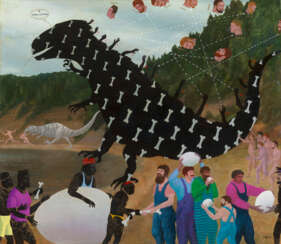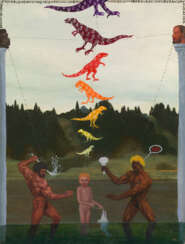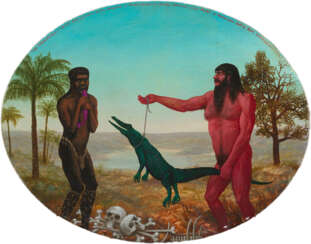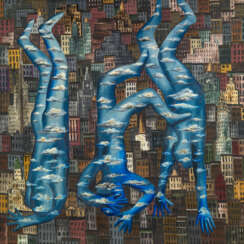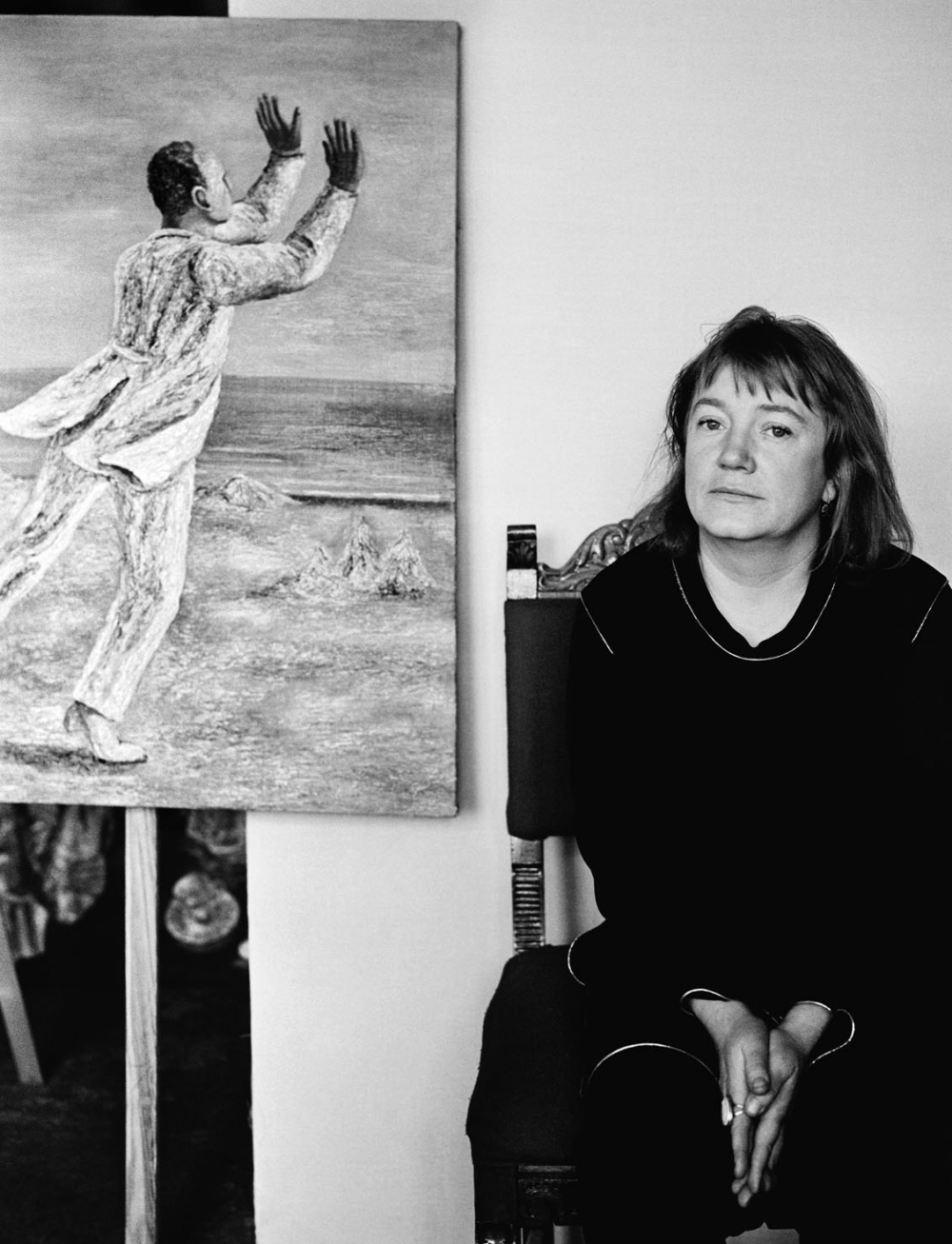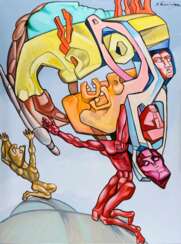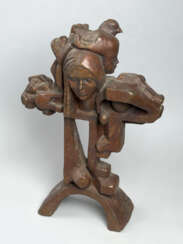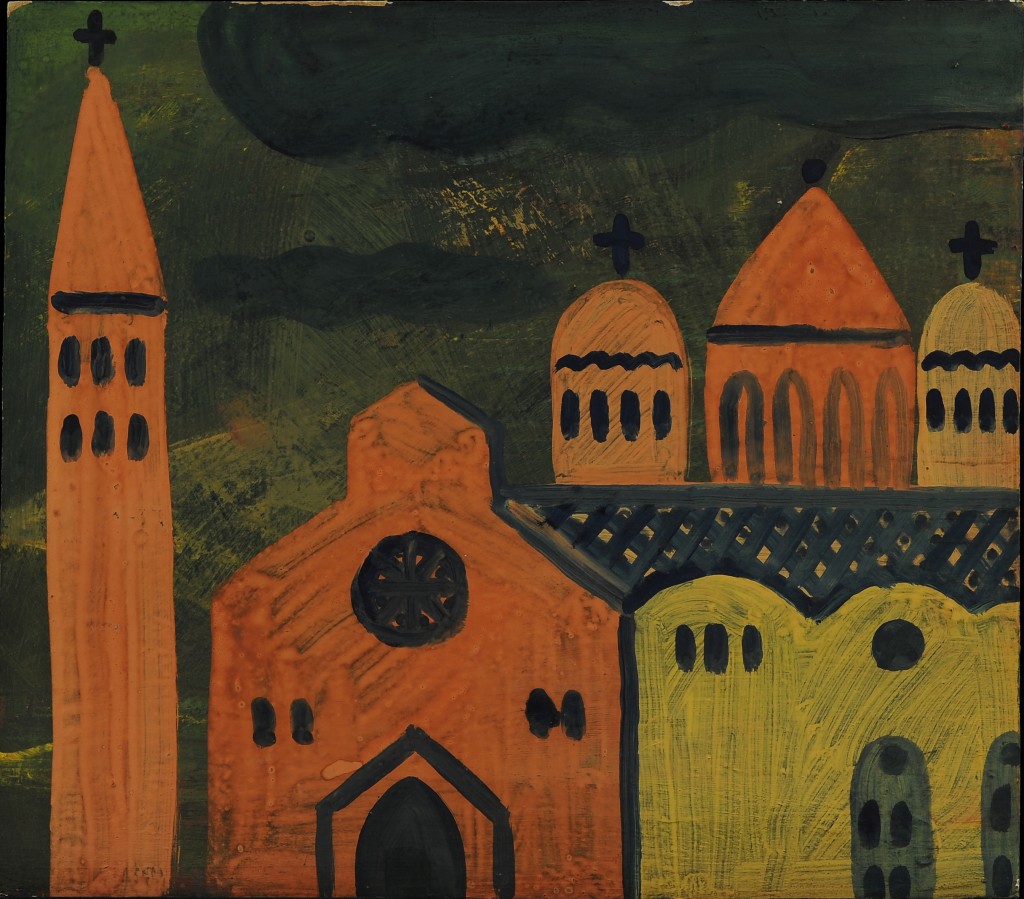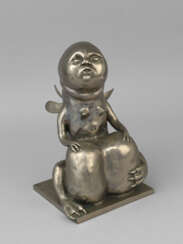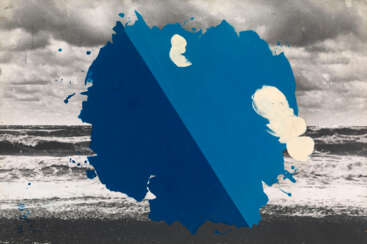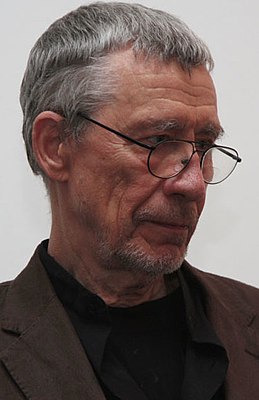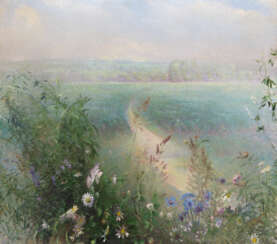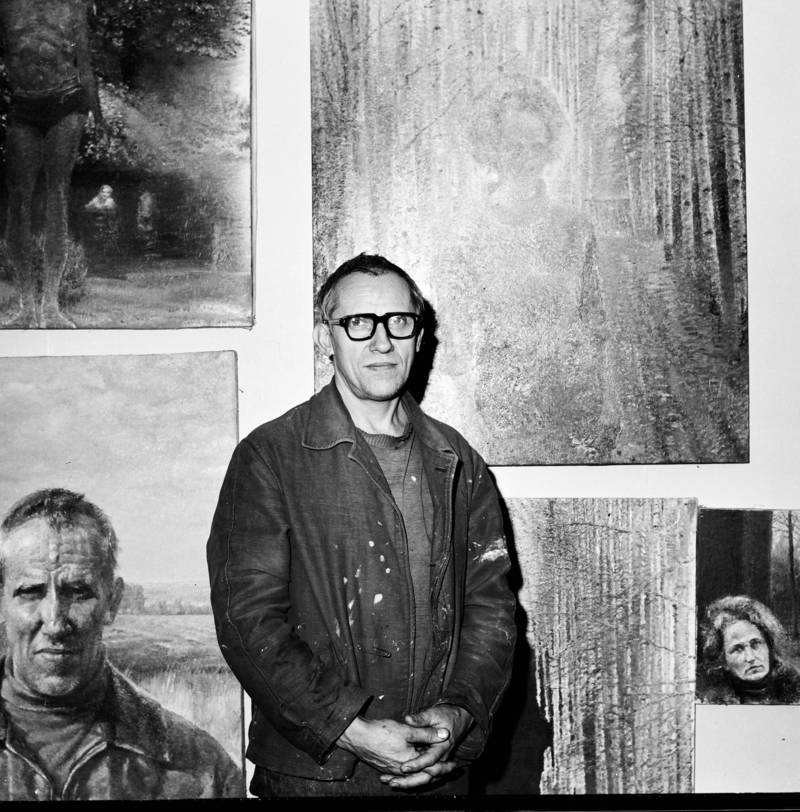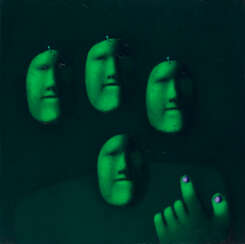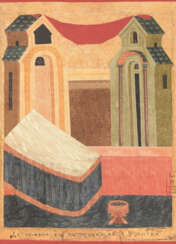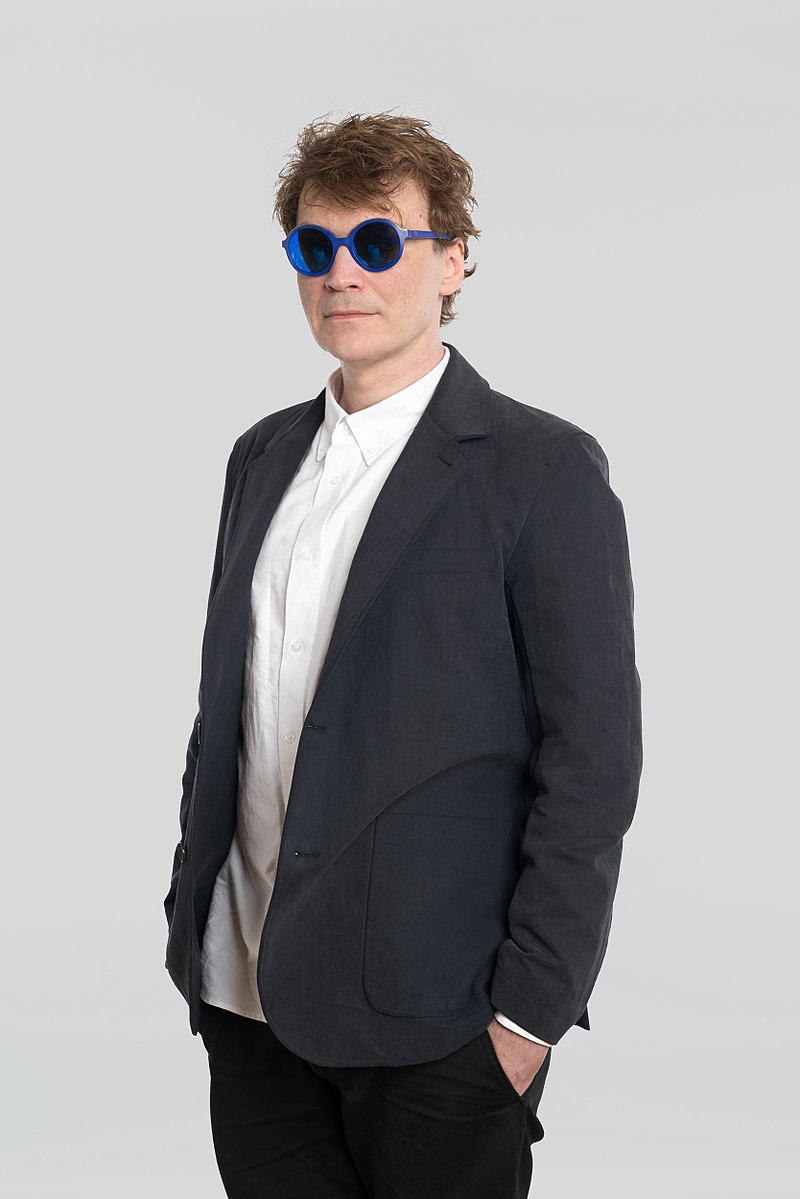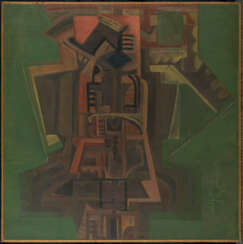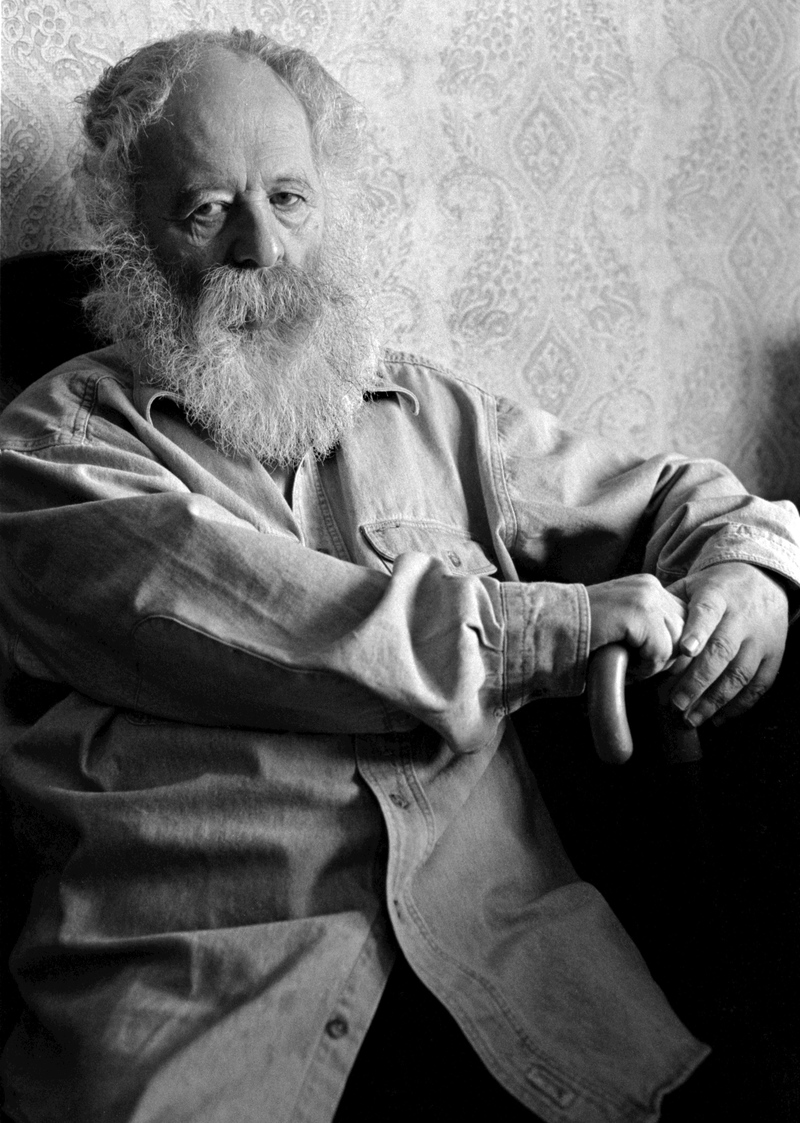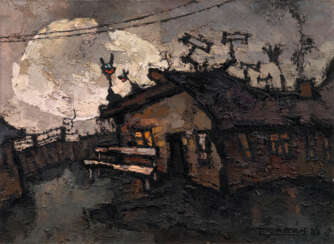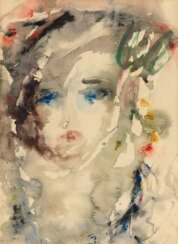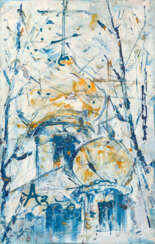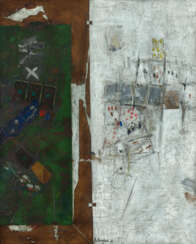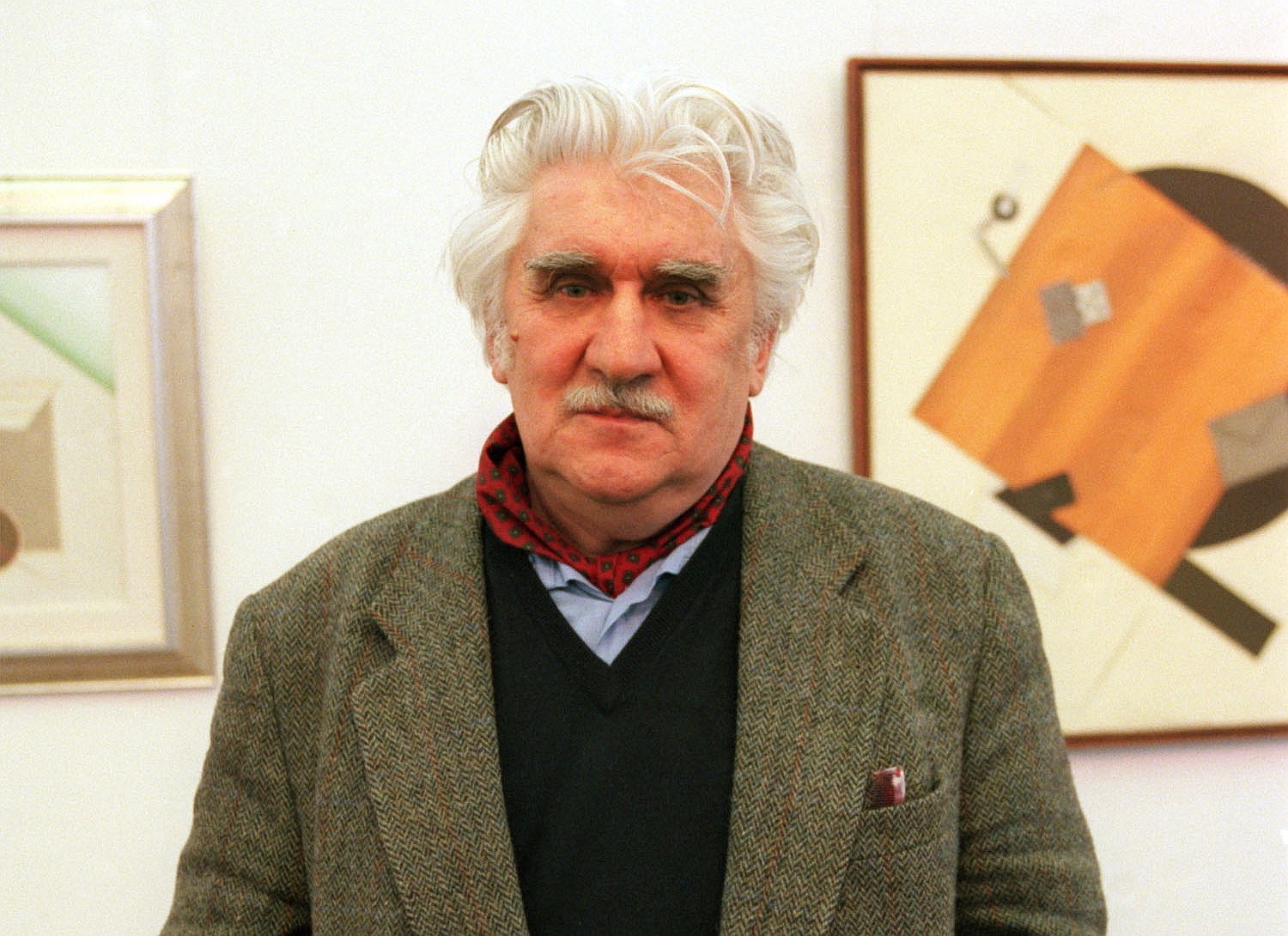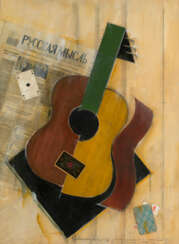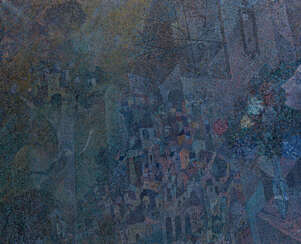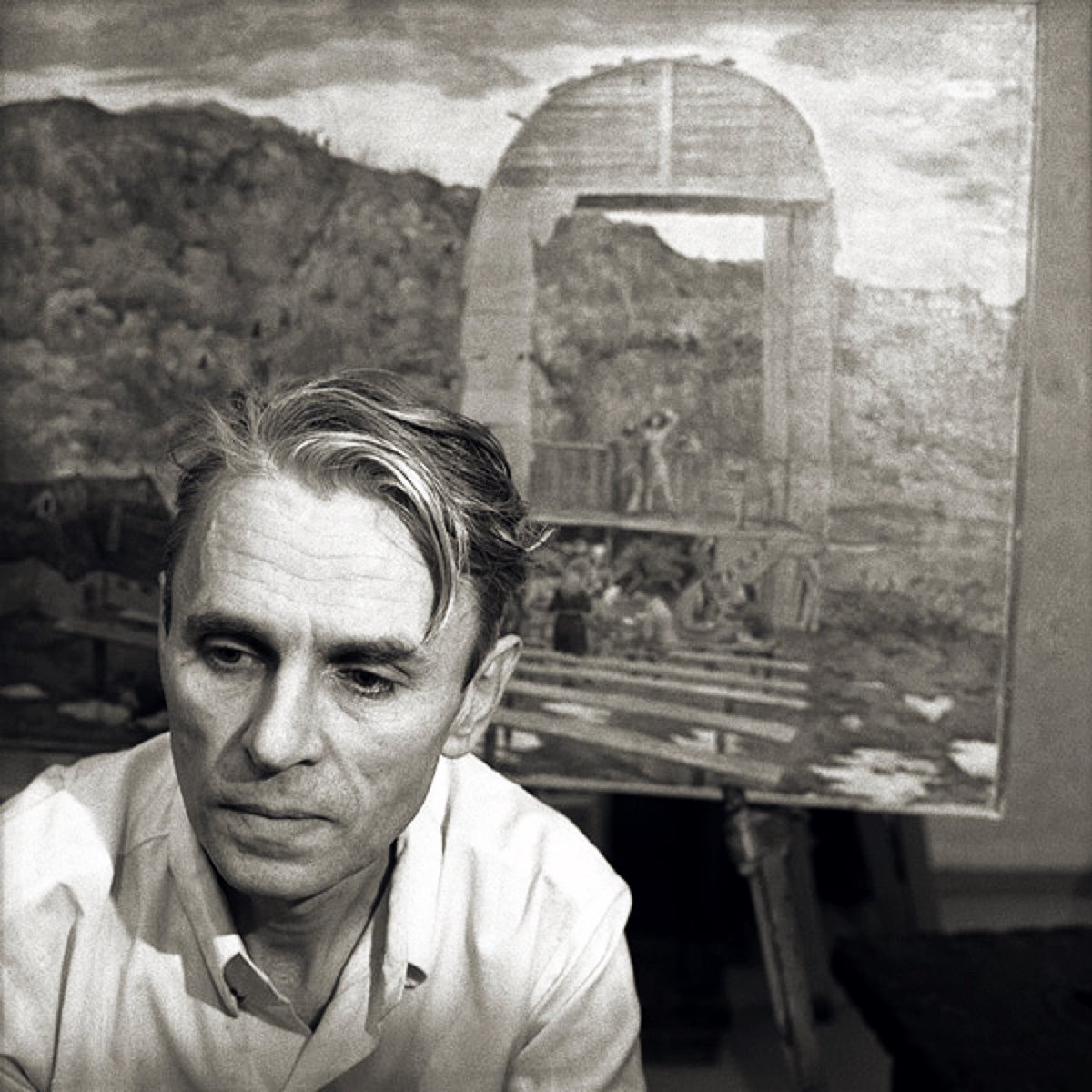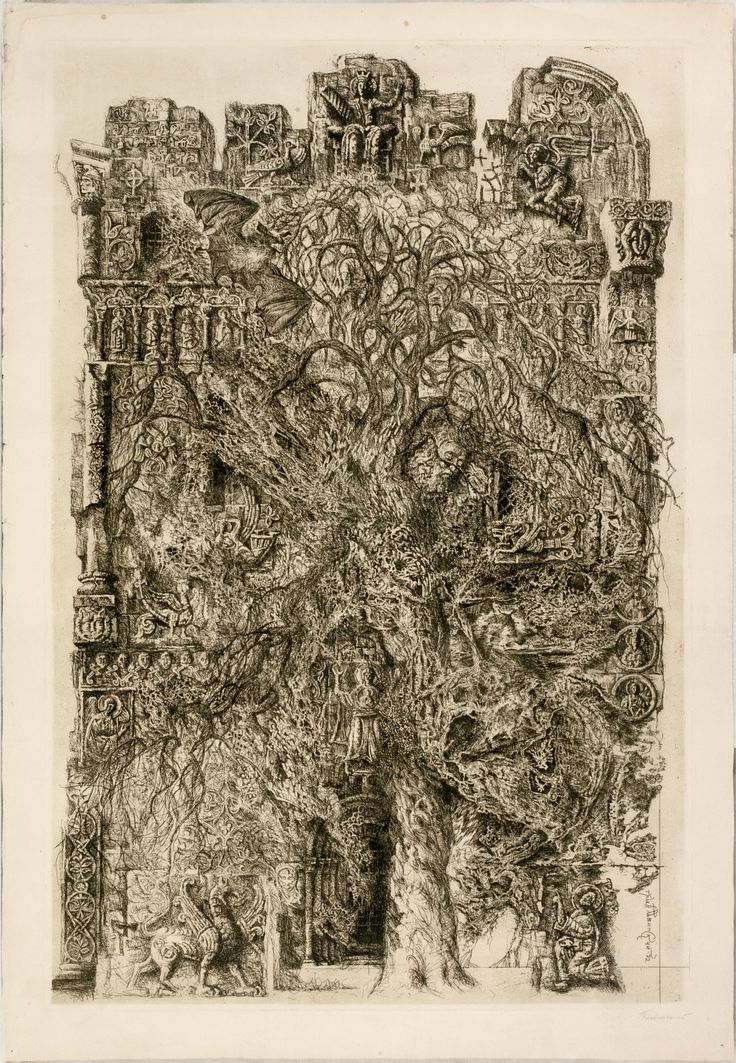
Contemporary Russian Art Auction. Day 1.
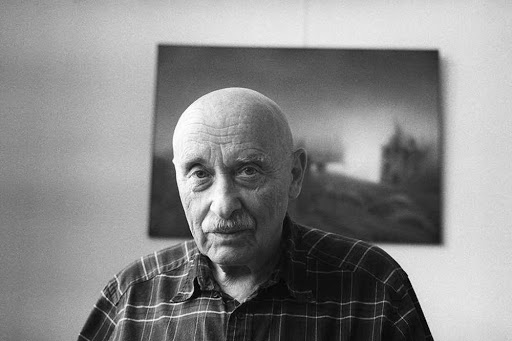
Oscar Yakovlevich Rabin (Russian: Оскар Яковлевич Рабин) was a Soviet and French artist of the second half of the twentieth and early twenty-first centuries. He is known as a nonconformist painter, one of the founders of the unofficial art group "Lianozovo", the organizer of the famous "Bulldozer Exhibition".
Oscar Rabin created works using the surrounding life as a material, turning ordinary objects into symbols and reflecting in his work the influence of European Expressionism of the 1920s. His preferred genres were landscape, still life and interiors. The artist used perspective distortion and warping in his work, which created unique and impressive compositions.

Oscar Yakovlevich Rabin (Russian: Оскар Яковлевич Рабин) was a Soviet and French artist of the second half of the twentieth and early twenty-first centuries. He is known as a nonconformist painter, one of the founders of the unofficial art group "Lianozovo", the organizer of the famous "Bulldozer Exhibition".
Oscar Rabin created works using the surrounding life as a material, turning ordinary objects into symbols and reflecting in his work the influence of European Expressionism of the 1920s. His preferred genres were landscape, still life and interiors. The artist used perspective distortion and warping in his work, which created unique and impressive compositions.

Oscar Yakovlevich Rabin (Russian: Оскар Яковлевич Рабин) was a Soviet and French artist of the second half of the twentieth and early twenty-first centuries. He is known as a nonconformist painter, one of the founders of the unofficial art group "Lianozovo", the organizer of the famous "Bulldozer Exhibition".
Oscar Rabin created works using the surrounding life as a material, turning ordinary objects into symbols and reflecting in his work the influence of European Expressionism of the 1920s. His preferred genres were landscape, still life and interiors. The artist used perspective distortion and warping in his work, which created unique and impressive compositions.
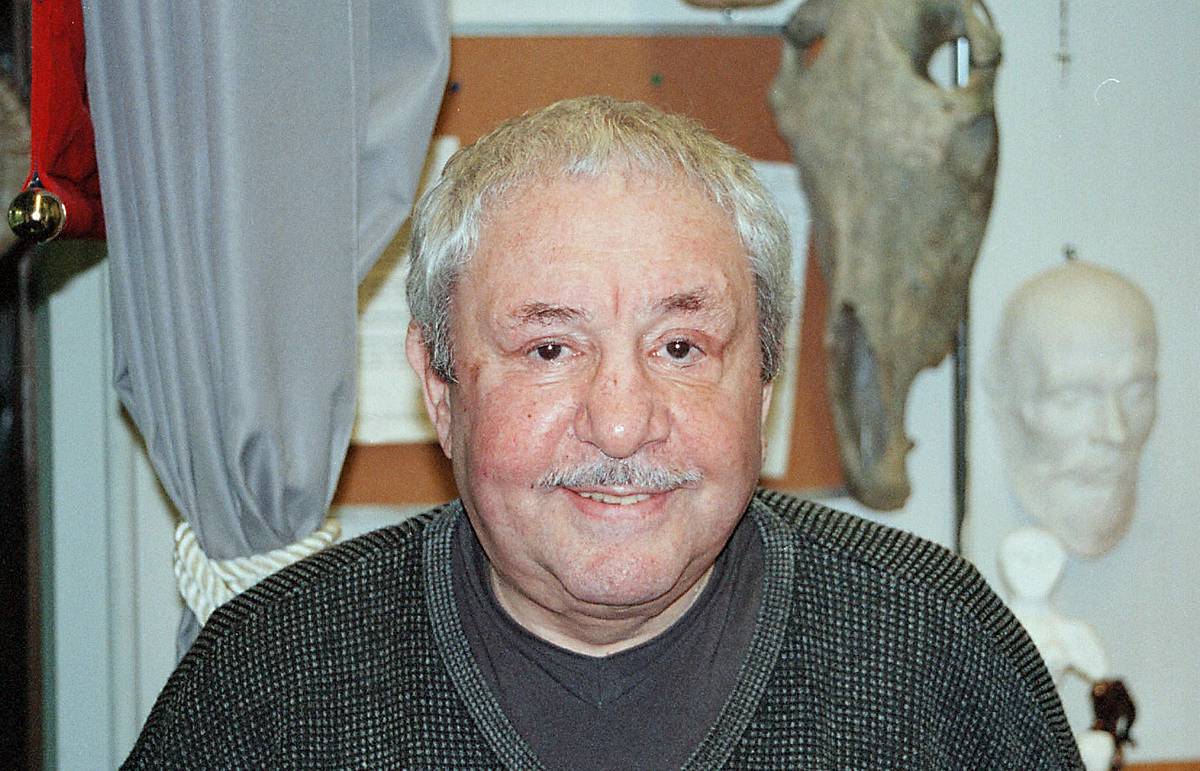
Ernst Iosifovich Neizvestny (Russian: Эрнст Ио́сифович Неизве́стный) was a distinguished Russian-American artist renowned for his sculpture, painting, graphic art, and contributions to art philosophy. His journey from a World War II veteran to a celebrated artist epitomizes resilience and creativity. Despite facing criticism from Soviet leadership, notably Nikita Khrushchev, Ernst Neizvestny's artistic prowess remained undeniable, leading to significant commissions, including Khrushchev's own memorial at the Novodevichy Cemetery.
Ernst Neizvestny's art, characterized by its philosophical depth and monumental scale, resonates globally. His works, like the "Mask of Sorrow" in Magadan, and contributions to various cities and galleries, including in Taiwan and the United States, showcase his versatility and commitment to exploring the human condition. His influence extended to academic and cultural institutions, where he shared his insights and experiences, shaping the perspectives of future generations.
Collectors and art experts appreciate Ernst Neizvestny's unique blend of cultural heritage and innovative expression. His pieces in prominent museums and private collections worldwide underscore his enduring legacy in the art world. For those keen on the intersection of history, culture, and artistic innovation, Neizvestny's work offers a profound exploration of humanity's multifaceted nature.
To stay informed about new product sales and auction events related to Ernst Iosifovich Neizvestny, sign up for updates. This subscription ensures you're updated on opportunities to engage with Neizvestny's impactful art and legacy.

Ernst Iosifovich Neizvestny (Russian: Эрнст Ио́сифович Неизве́стный) was a distinguished Russian-American artist renowned for his sculpture, painting, graphic art, and contributions to art philosophy. His journey from a World War II veteran to a celebrated artist epitomizes resilience and creativity. Despite facing criticism from Soviet leadership, notably Nikita Khrushchev, Ernst Neizvestny's artistic prowess remained undeniable, leading to significant commissions, including Khrushchev's own memorial at the Novodevichy Cemetery.
Ernst Neizvestny's art, characterized by its philosophical depth and monumental scale, resonates globally. His works, like the "Mask of Sorrow" in Magadan, and contributions to various cities and galleries, including in Taiwan and the United States, showcase his versatility and commitment to exploring the human condition. His influence extended to academic and cultural institutions, where he shared his insights and experiences, shaping the perspectives of future generations.
Collectors and art experts appreciate Ernst Neizvestny's unique blend of cultural heritage and innovative expression. His pieces in prominent museums and private collections worldwide underscore his enduring legacy in the art world. For those keen on the intersection of history, culture, and artistic innovation, Neizvestny's work offers a profound exploration of humanity's multifaceted nature.
To stay informed about new product sales and auction events related to Ernst Iosifovich Neizvestny, sign up for updates. This subscription ensures you're updated on opportunities to engage with Neizvestny's impactful art and legacy.

Ernst Iosifovich Neizvestny (Russian: Эрнст Ио́сифович Неизве́стный) was a distinguished Russian-American artist renowned for his sculpture, painting, graphic art, and contributions to art philosophy. His journey from a World War II veteran to a celebrated artist epitomizes resilience and creativity. Despite facing criticism from Soviet leadership, notably Nikita Khrushchev, Ernst Neizvestny's artistic prowess remained undeniable, leading to significant commissions, including Khrushchev's own memorial at the Novodevichy Cemetery.
Ernst Neizvestny's art, characterized by its philosophical depth and monumental scale, resonates globally. His works, like the "Mask of Sorrow" in Magadan, and contributions to various cities and galleries, including in Taiwan and the United States, showcase his versatility and commitment to exploring the human condition. His influence extended to academic and cultural institutions, where he shared his insights and experiences, shaping the perspectives of future generations.
Collectors and art experts appreciate Ernst Neizvestny's unique blend of cultural heritage and innovative expression. His pieces in prominent museums and private collections worldwide underscore his enduring legacy in the art world. For those keen on the intersection of history, culture, and artistic innovation, Neizvestny's work offers a profound exploration of humanity's multifaceted nature.
To stay informed about new product sales and auction events related to Ernst Iosifovich Neizvestny, sign up for updates. This subscription ensures you're updated on opportunities to engage with Neizvestny's impactful art and legacy.

Oscar Yakovlevich Rabin (Russian: Оскар Яковлевич Рабин) was a Soviet and French artist of the second half of the twentieth and early twenty-first centuries. He is known as a nonconformist painter, one of the founders of the unofficial art group "Lianozovo", the organizer of the famous "Bulldozer Exhibition".
Oscar Rabin created works using the surrounding life as a material, turning ordinary objects into symbols and reflecting in his work the influence of European Expressionism of the 1920s. His preferred genres were landscape, still life and interiors. The artist used perspective distortion and warping in his work, which created unique and impressive compositions.
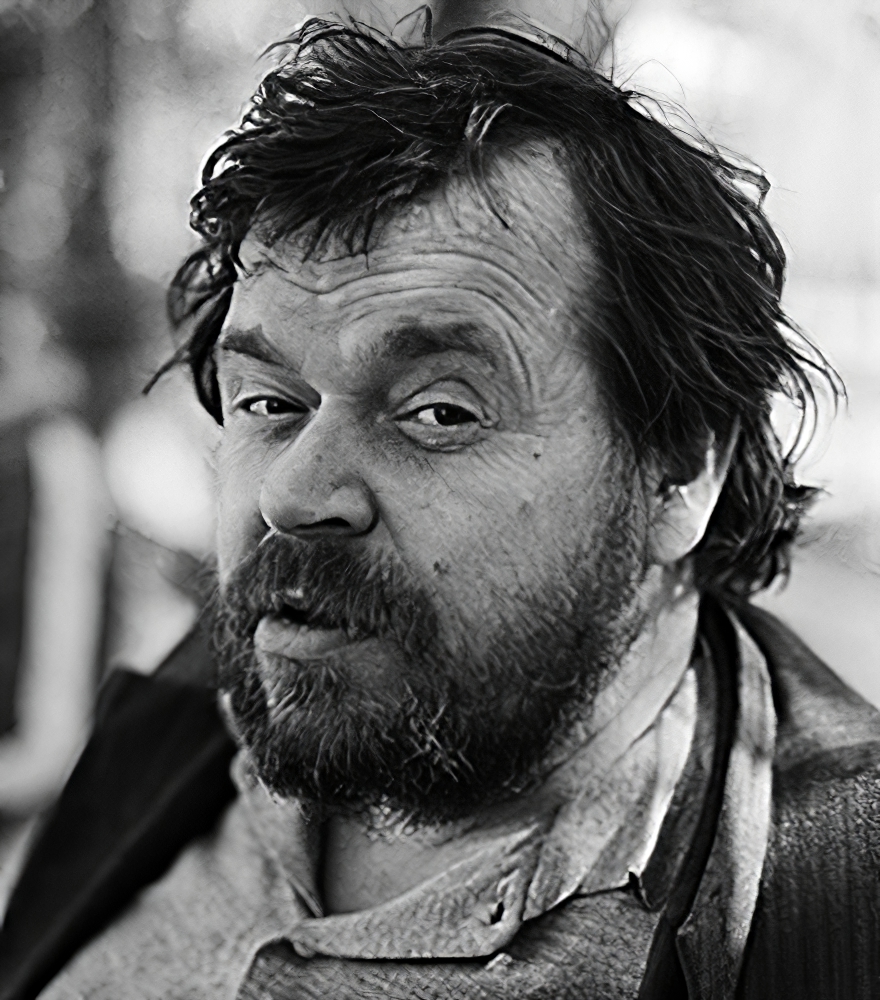
Anatoly (Anatoli) Timofeevich Zverev was a Russian artist, a member of the non-conformist movement and a founder of Russian Expressionism in the 1960s. He spent all of his life in Moscow.
He did not have a solo show in Russia until shortly before his death in 1986 and his work was exhibited in small, underground galleries. Throughout his career he was harassed and persecuted by the Soviet authorities especially as his international success grew.

Anatoly (Anatoli) Timofeevich Zverev was a Russian artist, a member of the non-conformist movement and a founder of Russian Expressionism in the 1960s. He spent all of his life in Moscow.
He did not have a solo show in Russia until shortly before his death in 1986 and his work was exhibited in small, underground galleries. Throughout his career he was harassed and persecuted by the Soviet authorities especially as his international success grew.

Anatoly (Anatoli) Timofeevich Zverev was a Russian artist, a member of the non-conformist movement and a founder of Russian Expressionism in the 1960s. He spent all of his life in Moscow.
He did not have a solo show in Russia until shortly before his death in 1986 and his work was exhibited in small, underground galleries. Throughout his career he was harassed and persecuted by the Soviet authorities especially as his international success grew.
